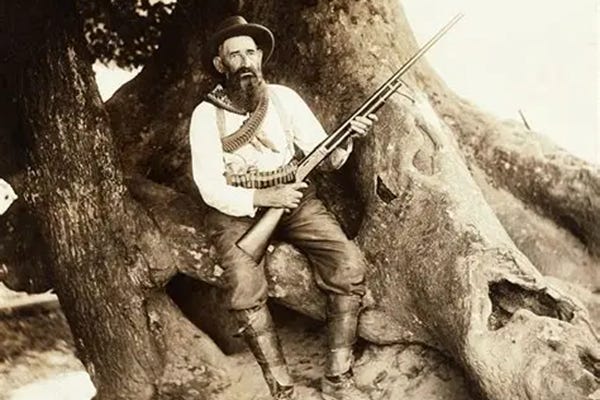This Proud Southerner Was Much More Than Just a Hard Man!
How Devil Anse Hatfield became a bold symbol of change in Appalachia
By the time the world would come to know him as “Devil Anse,” Anderson Hatfield had already left a significant mark on West Virginia—not for bloodshed or bullets, but for business.
Long before the famous Hatfield-McCoy feud erupted into violence, Hatfield was a man caught between two worlds—the self-reliant, traditionalist Appalachia of his time and the increasingly modernizing, market-driven America.
A legend is born in West Virginia's Tug Valley
“It is ironic,” observes historian Altina Waller, Ph.D., “that the individual who for modern Americans embodies the very essence of traditional mountain culture was, in his own time, a powerful agent for its transformation.”
The author of "Feud: Hatfields, McCoys, and Social Change in Appalachia, 1860-1900," Waller was one of the first scholars to examine the world-renowned Hatfield and McCoy Feud from sources in both the states of Kentucky, the ancestral home of the McCoys, and West Virginia, long the domain of the Hatfields.
Devil Anse Hatfield: From bear-wrestling boy to Civil War guerrilla
Born at Mate Creek in 1839 to Ephraim Hatfield, a respected justice of the peace known as “Big Eaf,” young Anderson—soon to be dubbed “Devil Anse”—grew up in a valley already rich in kinship and lore.
While Ephraim was known for his quiet integrity, young Anse cut a different figure. A precocious youth who reportedly wrestled wild animals, he…



NEED MORE OF THIS!